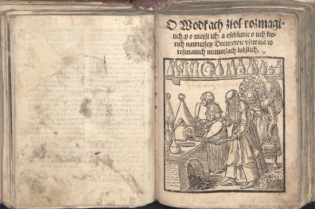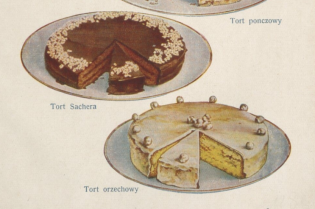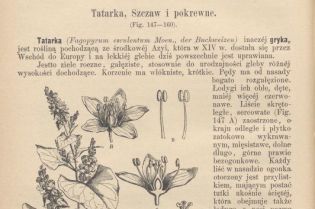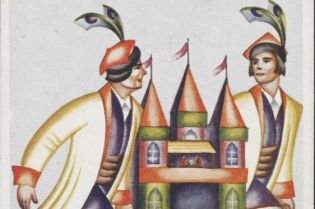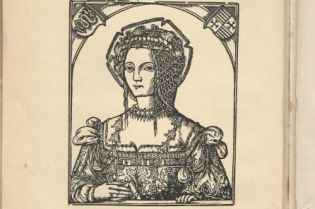Jour fixe and five o'clocks: social life in old Krakow
In the 18th century, Krakow’s locals met mainly at homes. Restaurants were few and far between, usually adjacent to hotels and used mainly by travellers.
You could eat out in inns, canteens and rudimentary eateries, but the patrons consisted mainly of the poorer members of society. In summertime, the crème de la crème of the Krakow social scene and landlords who were living in the city visited the gardens of Krzyżanowski and Kremer. There were numerous balls and social gatherings there, in particular during carnival season. Its frequency and lavishness depended on the political history of the city which was complicated at the beginning of the 19th century as the city changed hands many times.
Townspeople entertained guests at different times of the day and for various occasions – depending on how well they knew each other. A popular form were five o'clocks – gatherings over tea and cakes at 5pm and sometimes even 4pm that lasted approximately three hours and slowly replaced the custom of hosting guests for lavish dinners. Wealthier townsfolk set a jour fixe, i.e. a fixed day for hosting social events. "This tea custom is often practiced in Krakow and people visit one another and evenings pass as people talk together. Rarely would someone spend an evening on their own, even with family unless they were taken ill" – writes Helena née Mieroszewska in March 1836
Dinner parties had a special format depending on the status of the event and the hosts. We know that "at bigger affairs there had to be two soups". "Besides two main meals consisting of poultry and game that used to be served artistically cut and boneless, other entremets were served – a great variety of fish, crayfish in mayonnaise and oysters in aspic; the latter was considered a profanity by oyster lovers. (...) It happened sometimes that we did not know what we were actually eating" - describes Maria Kietlińska of a dinner held in the 1860s at the house of professor Gilewski in Krzysztofory.
Twenty years later Helena Darowska, née Mieroszewska, recalls that this tradition deteriorated. "No money and general poverty were obvious. However, there are still some that ridicule modest tea parties organised for example by general Dembiński's wife who was the first one to do so. They complain that Polish houses no longer serve dinners with copious amount of food including capons, puddings, wines; these abundant and costly affairs now happen to be replaced with bread with butter and ham".
We can find out what a bourgeois tea party looked like from the diary of Czechówna as quoted by Estreicherówna. "At half past seven tea was served, at nine there was cake with wine, at ten pavlova, at eleven ice cream was offered twice and at half past one supper was served but there is no mention of the menu and then again at two shortbread cake was presented, also with wine".
Mieczysław Smolarski (1888 1967) described afternoon gatherings in bourgeois homes as serving tea, home-made chocolate and nut cakes with different fillings, Swiss cheese (not overly expensive) from Hawełka, caviar, sardines and canned salmon. Sandwiches were made. People drank wine or a shot of sweet vodka. "However, Krakow’s locals drank little but enjoyed sampling cakes so everyone took two or three huge pieces".
Sources:
Maria z Mohrów Kietlińska „Wspomnienia”, Kraków 1986
Irena Homola i Bolesław Łopuszański „Kapitan i dwie panny”, Kraków 1980
Maria Estreicherówna „Życie towarzyskie i obyczajowe Krakowa w latach 1848-1863”, Kraków 1968
Mieczysław Smolarski „Miasto starych dzwonów”
Adam Grzymała-Siedlecki, „Niepospolici ludzie w dniu swoim powszednim”



